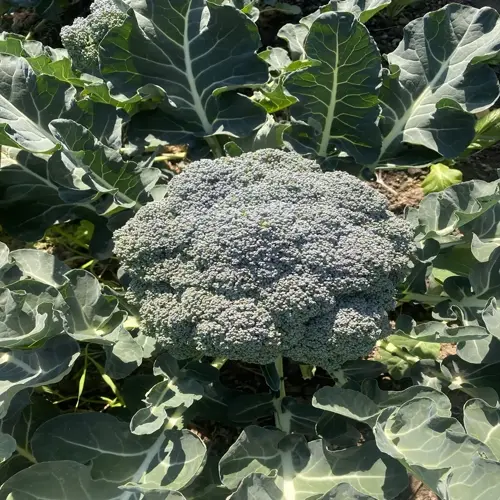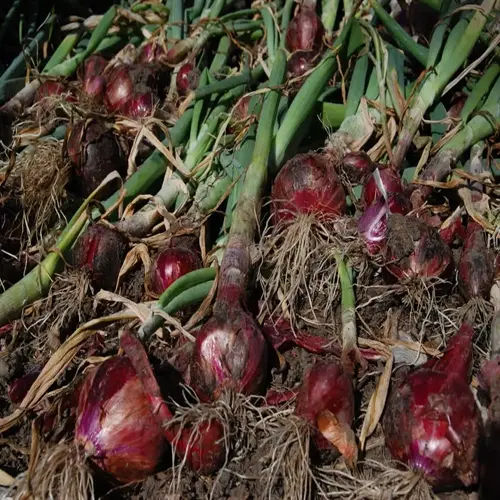How do you know when potatoes are ready to harvest?

Written by
Julia Anderson
Reviewed by
Prof. Martin Thorne, Ph.D.Deciding on potato harvest maturity involves examining multiple natural signals. The die-back of the foliage indicates that the energy transfer to the tubers is done. Slightly rubbing the skin is one way to determine skin maturity. Dried soil helps prevent bruising when digging. These signals work in perfect synchronization.
When plant senescence is complete, all the vines have browned and no green remains. This is a natural process that completes the transfer of nutrients into the ground. I inspect entire plants, not just sections of them. Digging up immature plants hinders this important, natural developmental process, ultimately leading to lower yields.
Foliage Condition
- 100% brown withered vines indicate completed growth cycle
- Yellowing starts 2-3 weeks before full die-back
- Green foliage means ongoing tuber development
Skin Maturity Test
- Rub tuber surface gently with thumb
- Mature skins resist peeling
- Immature skins flake off easily
Soil Dryness Check
- Top 15 cm (6 inches) must crumble
- Moisture meters should show below 30%
- Stop watering 14 days pre-harvest
Different TYPES OF POTATOES mature at different rates or durations during growing. Early types mature in fewer days than late-season types. It is essential to know the kind of potato you have planted, so please enter your expectations. Microclimates also affect maturity, with warmer microclimates correlating to faster tuber initiation.
Monitor weather forecasts as harvest approaches. Frost damages exposed tubers. I prioritize digging when temperatures threaten to drop below freezing. Proper timing can preserve months of gardening work in just minutes.
Read the full article: 7 Essential Signs When to Harvest Potatoes

